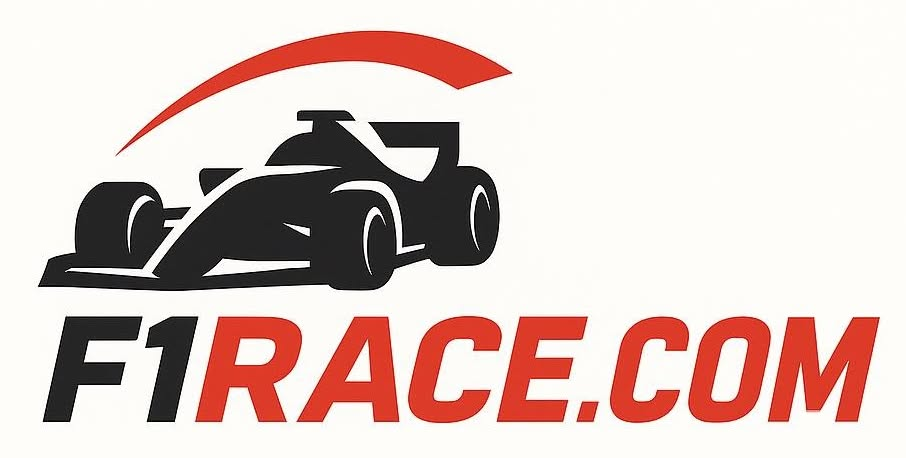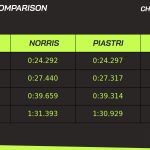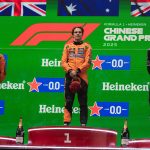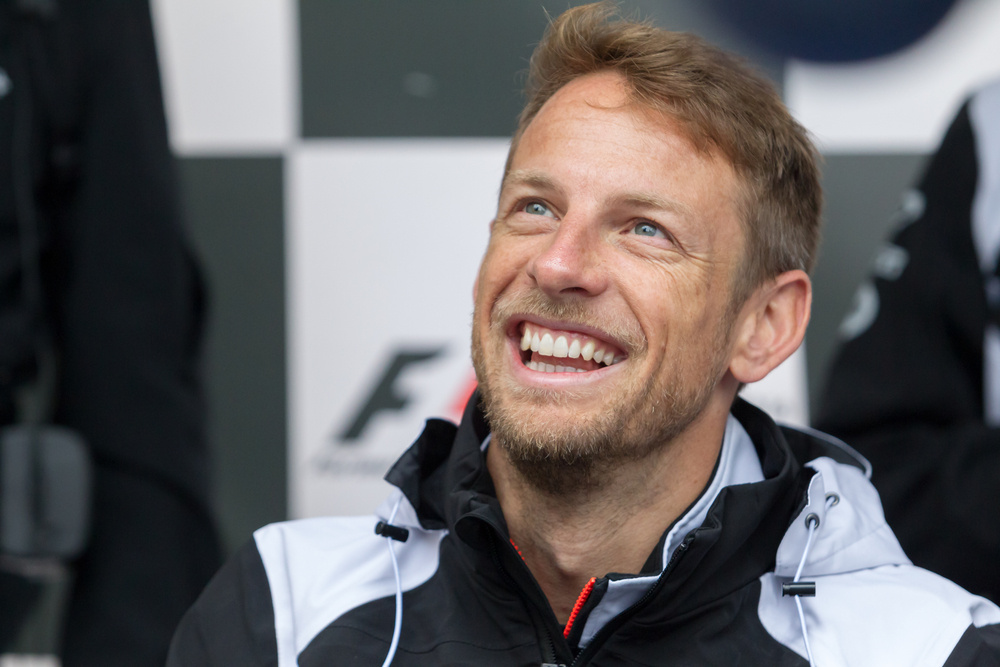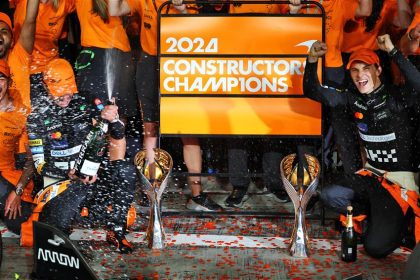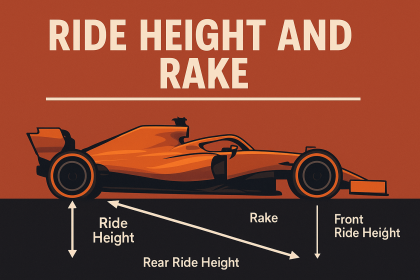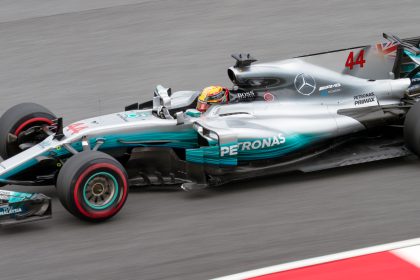DRS Controversy: Button vs. Vettel in Canada 2011
Rain, Red Flags, and Racing Roulette
The 2011 Canadian Grand Prix was a meteorological mess. Rain delays, red flags, and more safety cars than a Monaco parade. But through the chaos, two stories emerged: Sebastian Vettel, the reigning champion, and Jenson Button, who spent more time in the pit lane than a McLaren mechanic.
Button’s race was a symphony of calamity: collisions, drive-through penalties, and numerous pit stops. Yet, as the track dried, Button found himself chasing Vettel, who had led almost every lap.
And then, with the DRS zone looming, the stage was set for a showdown that would ignite a decade-long debate.
Relive the chaos: F1 2011 Canadian GP
DRS: The Great Equalizer or the Great Gimmick?
DRS was introduced in 2011 as a sticking plaster for Formula 1’s overtaking woes. The idea was simple — if you’re within one second of the car ahead at a designated detection point, you can open your rear wing, reducing drag and making overtaking possible.
But from the start, DRS was controversial. Purists called it “artificial,” while others welcomed anything that might spice up the show. The 2011 Canadian Grand Prix was the first time DRS truly took center stage.
On the final lap, Vettel, under pressure, made a rare mistake, allowing Button to slip past for the win. But was it Button’s skill, Vettel’s error, or the looming threat of DRS that forced the issue?
Martin Brundle put it on commentary that day:
DRS doesn’t make you brave, it makes you pass.
Martin Brundle, Sky Sports F1
See Button’s last-lap pass: Jenson Button passes Vettel on last lap of Canadian Grand Prix
The Anatomy of a DRS Pass
To understand the controversy, you need to appreciate the mechanics. DRS zones are carefully chosen — in Montreal, it was the long back straight leading to the final chicane. Button, with fresher tyres and the benefit of DRS, was able to close the gap to Vettel.
Still, the specter of DRS hung over the moment. Would Button have been close enough to pounce without it? Would Vettel have cracked under pressure if he hadn’t been glancing nervously in his mirrors?
Sebastian Vettel himself was diplomatic post-race:
It was a difficult race today… We have learned more and will make step forward in Valencia.
Sebastian Vettel, Red Bull Racing, post-race team quotes
But the paddock was less forgiving. Some called it a “DRS win,” others hailed Button’s relentless drive.
The Fan Divide: Purity vs. Entertainment
Fourteen years on, the DRS debate is as lively as ever. Polls on RaceFans.net and other forums show a near-even split: some fans want DRS scrapped, calling it a “gimmick,” while others argue it’s the only thing keeping modern F1 from becoming a high-speed train parade.
RaceFans.net poll: Should Formula 1 scrap DRS in 2021?
- Pro-DRS: “It’s the best option we have right now.”
- Anti-DRS: “It’s fundamentally unfair: it hands a significant advantage to a driver following another car closely.”
Toto Wolff once said:
DRS is fundamentally unfair: it hands a significant advantage to a driver following another car closely. I wouldn’t have put it on the cars in the first place. Forget 2021, I’d take it off tomorrow.
Toto Wolff, Mercedes Team Principal
Watch: Why DRS is the best option we have right now
Historical Parallels: From Turbo Boosts to Push-to-Pass
Formula 1 has always flirted with “artificial” aids. In the 1980s, turbo boost buttons gave drivers a temporary power surge. In IndyCar, “push-to-pass” systems are now standard.
Old-timers remember when overtaking required a combination of bravery, tyre management, and a willingness to risk it all on the brakes. DRS, critics argue, turns passing into a foregone conclusion.
Watch: Hamilton & Alonso don’t want to lead at DRS Detection line
The Button vs. Vettel Legacy
So, was Button’s win in Canada 2011 a triumph of skill or a product of DRS? The answer, as with most things in Formula 1, is “yes, but…”
Button’s drive was extraordinary by any measure. But the presence of DRS undeniably shaped the race’s climax. It forced Vettel into a mistake, or at least made him more likely to make one.
And that, in a nutshell, is the DRS dilemma: it creates opportunities, but at the cost of purity.
Why It Still Divides Us in 2025
Fast forward to today, and DRS is still with us. The 2026 regulations promise a new “override mode” that may finally render DRS obsolete, but don’t hold your breath.
The Button vs. Vettel duel in Canada remains the ultimate Rorschach test for F1 fans: do you see a heroic comeback, or a manufactured moment? Is DRS the savior of overtaking, or the death of racing’s soul?
DRS may never win over the purists, but it’s given us moments — and arguments — we’ll be replaying for decades.
